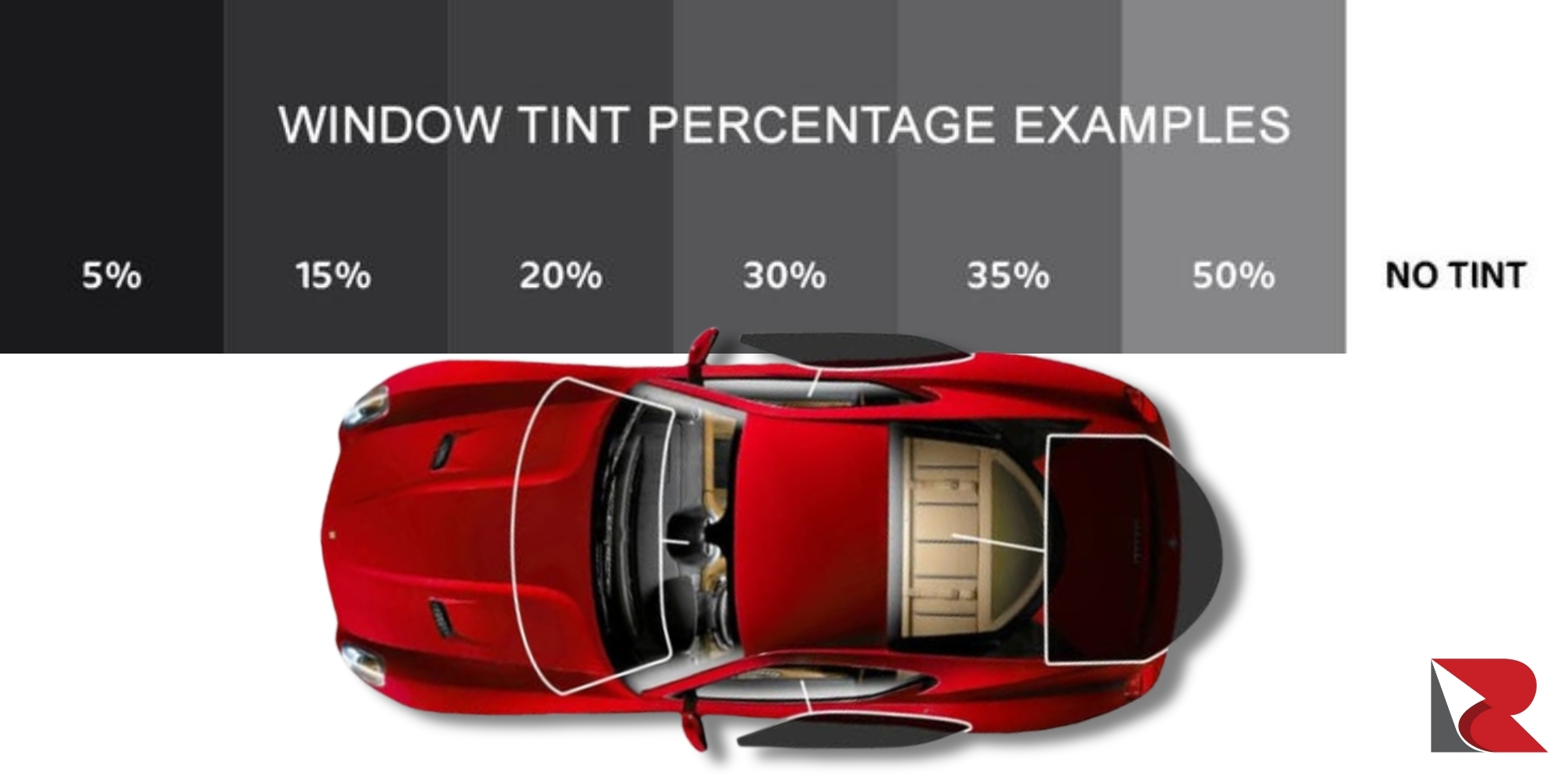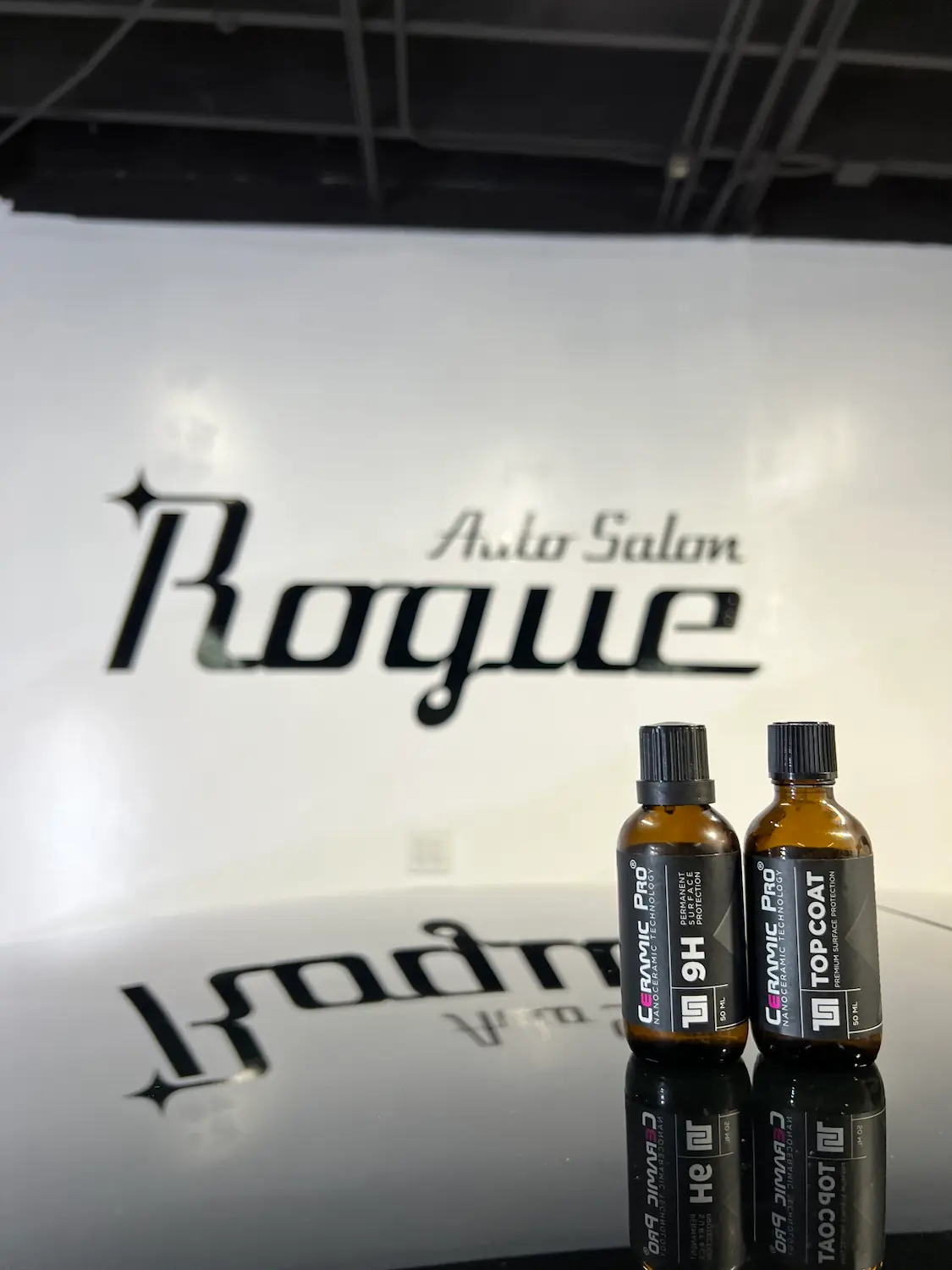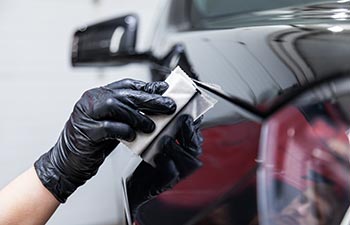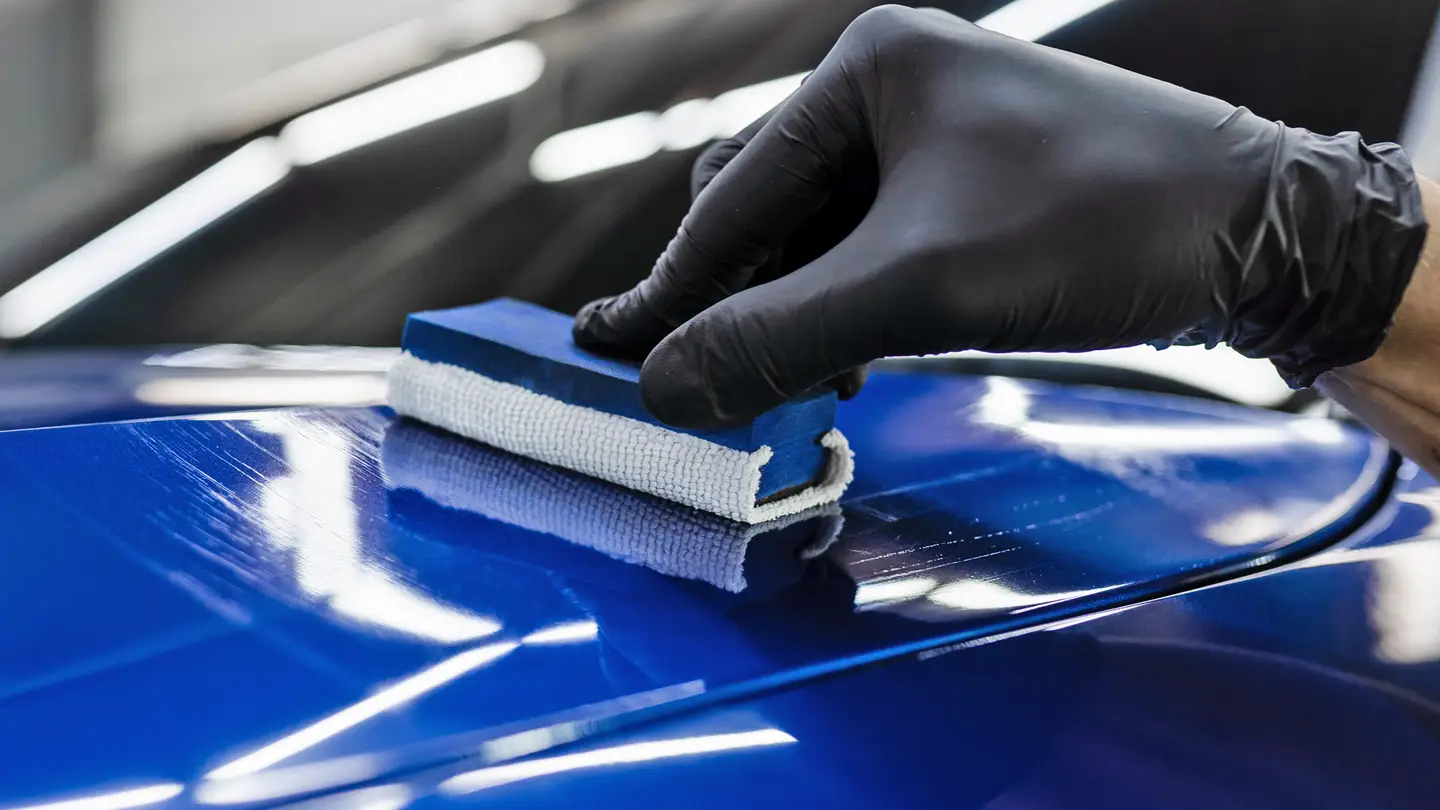Autocare
Achieving Window Tinting Training: Steps And Benefits
Mastering Window Tinting: Training Steps and Key Benefits
Window tinting is a specialized skill that requires a blend of technical knowledge and hands-on expertise. Whether you’re an aspiring professional or a business owner looking to expand your services, window tinting training can provide the foundation for success.
Learning proper installation techniques, understanding tint materials, and mastering compliance with local regulations are all essential components of a well-rounded training program.
In this guide, we’ll walk through the steps to becoming a skilled window tinting professional and explore the benefits of undergoing proper training.
Understanding Window Tinting Training

Window tinting training involves a structured program that teaches individuals how to apply tint films to vehicle, residential, and commercial windows.
A high-quality training program covers various aspects, including film types, surface preparation, application techniques, troubleshooting, and compliance with legal standards. Many window tint training courses, such as those offered by Rogue Auto Salon provide in-depth instruction through hands-on workshops and expert guidance.
The program ensures that trainees develop the necessary skills to deliver professional-quality tinting services.
Steps to Becoming a Professional Window Tinter
Becoming a professional window tinter requires a combination of technical skills, hands-on experience, and knowledge of industry standards.
From selecting the right training program to mastering installation techniques, each step plays a crucial role in ensuring high-quality results.
By following a structured learning process, aspiring tinters can develop the expertise needed to excel in the window tinting industry.
1. Learn About Different Types of Window Tint Films
A fundamental aspect of window tinting training is understanding the different types of window films and their applications. Training programs typically cover:
- Ceramic Films – Superior heat rejection and UV protection while maintaining glass clarity.
- Metalized Films – Reflect heat and sunlight for better insulation but may interfere with electronic signals.
- Dyed Films – Cost-effective and provide aesthetic appeal but may fade over time.
- Hybrid Films – A combination of dyed and metalized films for balanced performance.
Understanding these materials helps trainees select the best film based on client needs and legal requirements.
2. Master the Preparation Process

Proper surface preparation is key to successful tint application. Training programs emphasize:
- Thoroughly cleaning windows using high-quality glass cleaners and microfiber cloths.
- Removing dust, debris, and residues to ensure optimal adhesion.
- Inspecting the glass for imperfections and addressing any contaminants before application.
By mastering these techniques, professionals can prevent peeling, bubbling, and other common installation issues.
3. Develop Cutting and Trimming Techniques
A professional-looking tint job requires precise cutting and trimming skills. Training includes:
- Measuring and cutting film accurately using sharp utility knives and cutting guides.
- Trimming excess film carefully to ensure a seamless fit.
- Learning how to handle curved and irregular window shapes.
4. Learn Heat Application Methods
Applying heat to window film helps it conform to the glass surface, especially on curved or contoured windows. During window tinting training, participants learn:
- How to use a heat gun correctly without overheating the film.
- Techniques for heat shrinking to eliminate wrinkles and air bubbles.
- Temperature control to prevent film damage.
5. Understand Squeegee and Bubble Removal Techniques
A professional finish is only possible when all air bubbles and imperfections are removed. Trainees learn:
- How to use different types of squeegees for smooth film application.
- Proper pressure application to eliminate trapped air without damaging the film.
- Techniques for handling corners and edges effectively.
6. Troubleshoot Common Installation Issues
Even experienced professionals encounter challenges during window tint application. A window tinting training course teaches how to resolve issues like:
- Air bubbles and wrinkles.
- Poor adhesion due to improper cleaning.
- Film misalignment and creasing.
By gaining troubleshooting experience, trainees develop confidence in handling any installation scenario.
7. Stay Compliant with Industry Regulations
Compliance with local window tinting laws is crucial to running a legitimate business. Training programs cover:
- State-specific laws regarding tint darkness and reflectivity levels.
- Regulations for residential and commercial window tinting.
- Understanding legal requirements to avoid fines or penalties.
By staying informed, professionals ensure they offer legal and high-quality services to clients.
8. Enhance Customer Service and Business Skills
Successful tinting professionals don’t just apply film—they also provide excellent customer service. Window tinting training includes:
- Educating customers about different tint options and their benefits.
- Managing client expectations regarding installation timelines and maintenance.
- Providing aftercare tips to ensure film longevity.
Additionally, training programs offer insights into marketing strategies, client retention, and business growth techniques to help professionals establish a thriving window tinting business.
Benefits of Completing Window Tinting Training
1. Expand Career Opportunities

Completing a window tinting training program opens doors to various career opportunities. Graduates can work for established tinting businesses, automotive dealerships, or even start their window tinting company.
2. Increase Revenue Potential
For detailing businesses, adding window tinting services provides an additional revenue stream. Many professionals enhance their offerings with complementary services such as paint protection film (PPF), ceramic coatings, and fleet detailing.
3. Gain Professional Accreditation
Many training programs offer certification upon course completion. Being recognized as an accredited window tinting professional boosts credibility and helps attract more clients.
4. Ensure High-Quality Workmanship
Proper training equips professionals with the skills needed to perform flawless tint installations. This reduces customer complaints, minimizes rework, and enhances overall job satisfaction.
5. Stay Competitive in the Industry
As the demand for tinted windows grows, businesses offering professional window tinting services gain a competitive edge. Training ensures that professionals stay up-to-date with the latest technologies, tools, and best practices.

Conclusion
Mastering window tinting training is essential for anyone looking to excel in this growing industry. With the right skills, knowledge, and hands-on practice, you can provide high-quality tinting services for vehicles, homes, and commercial buildings.
Investing in professional training not only enhances your expertise but also increases your credibility and business potential. Whether you’re starting your journey or looking to refine your skills, now is the perfect time to take action.
Enroll in a window tinting training program today and take the first step toward a rewarding and profitable career in the window tinting industry!

- Window Tinting
- The Wrap Design Training Academy
- Direct Tint
- Interior Touch
- Paint Protection Film (PPF)



